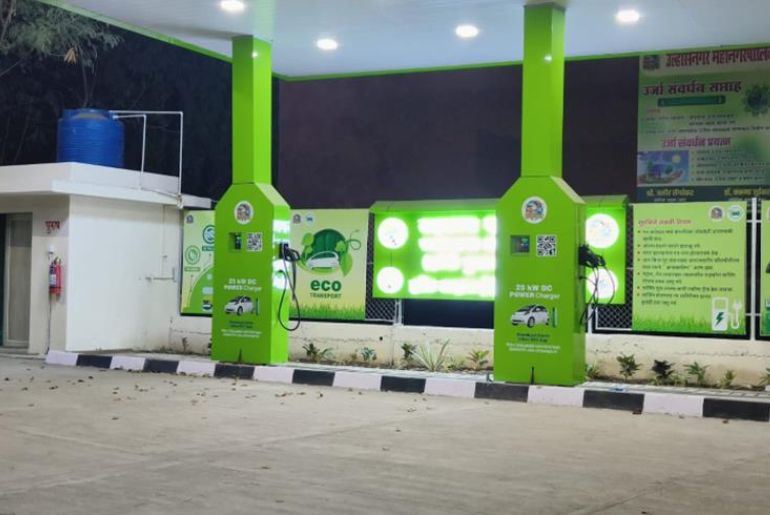The absence of frequent charging sites is one of the main issues facing Indian EV manufacturers. Yet according to a recent analysis by Forvis Mazars, this is rapidly altering. In February 2022, there were 1,800 public Battery Electric Vehicle (BEV) charging stations; by March 2024, there were 16,347, almost nine times as many. This development is in line with the growing demand for electric vehicles (EVs), which is being fueled by rising fuel prices, greater environmental awareness, and encouraging government incentives. These factors are all contributing to a future where transportation is more sustainable.
The importance of creating public charging infrastructure was stressed by Rohit Chaturvedi, Partner and Sector Leader for Transport and Logistics at Forvis Mazars in India, in order to meet growing demand and reduce range anxiety.
He pointed out that about one-third of passenger cars in India are predicted to be electrified by 2030, highlighting the critical infrastructure requirements. In order to facilitate this shift, Forvis Mazars in India is dedicated to provide advisory services that will aid in the development of an effective and sustainable EV ecosystem.
Globally, electric car sales increased by 27% from 2022 to 2023, reaching 13.09 million vehicles. This growth highlights the need for robust charging infrastructure to support the expanding EV population, which exceeded 40 million vehicles by 2024.
In India, EV sales tripled in the last fiscal year, particularly in the two-wheeler (2W) and three-wheeler (3W) segments. The four-wheeler (4W) segment also shows promise, with several new model launches anticipated. Key drivers of EV adoption and infrastructure growth include lower total cost of ownership, ease of use, sustainability, an expanding supplier network, product customisation, and government incentives such as the FAME-II scheme.
India’s charging infrastructure needs are distinct due to the prevalence of 2Ws and 3Ws, which primarily use AC slow charging and battery swapping. In contrast, 4Ws and buses require a combination of AC and DC charging solutions. Home and workplace charging is expected to dominate for private 2Ws and 4Ws, while commercial fleets will depend on private depots or public charging networks. DC fast chargers will play an essential role in meeting the increasing demand for public charging as the 4W EV population grows.
By 2030, India is projected to have around 50 million EVs on its roads, with the market size anticipated to reach US$48.6 billion. To achieve a 1-40 ratio of EVs to charging infrastructure, India will need to install over 400,000 chargers annually, totaling 1.32 million chargers by 2030.
Government policies such as the Faster Adoption and Manufacturing of Hybrid and Electric Vehicles (FAME) scheme are key to supporting EV adoption and infrastructure development. The Ministry of Heavy Industries has approved 2,877 EV charging stations across multiple states, along with 1,576 stations on 16 highways and 9 expressways. Additionally, the Ministry of Housing and Urban Affairs (MOHUA) aims for semi-public charging to account for 20% of all vehicle holding capacity, with corresponding power load requirements for premises.
The Forvis Mazars in India report highlights the progress India is making in expanding its EV infrastructure. With nearly one-third of India’s passenger vehicle market projected to be electric by 2030, the expansion of public charging infrastructure is critical. Forvis Mazars in India is dedicated to supporting this growth through advisory services, ensuring that India meets its EV targets and advances toward a sustainable future.

